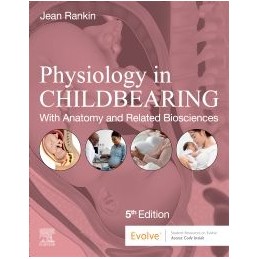- Reduced price

Order to parcel locker

easy pay


 Delivery policy
Delivery policy
Choose Paczkomat Inpost, Orlen Paczka, DHL, DPD or Poczta Polska. Click for more details
 Security policy
Security policy
Pay with a quick bank transfer, payment card or cash on delivery. Click for more details
 Return policy
Return policy
If you are a consumer, you can return the goods within 14 days. Click for more details
With its straightforward writing style and extraordinary breadth of content, Physiology in Childbearing:: With Anatomy and Related Biosciences, Fifth Edition is an ideal textbook for students of midwifery wanting to master the physiology of pregnancy, childbirth, the neonate and breastfeeding.
This popular book has been fully updated to incorporate new knowledge and guidelines, and has a stronger focus on diversity. It covers basic biochemistry, cellular biology, genetics and fertility, as well as embryology and fetal growth, the physiology of pregnancy, and complications of labour. It then goes on to examine the neonate, infant feeding and bio-behavioural aspects of parenting.
The complexities of this fundamental topic area are explained with boxes of key points, full colour diagrams and images, and tips on applying content to practice, making this book a must-have for students and practising midwives alike.
Data sheet
Reference: 93139
Author: Martin Flajnik
